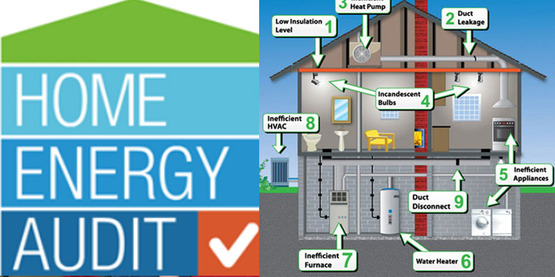
26 May
Energy home audit tips
You can definitely conduct a helpful home energy audit yourself to identify areas for improvement! Here are some key steps:
Air Leaks:
- Inspect for drafts around windows, doors, electrical outlets, plumbing penetrations, and baseboards. Seal any gaps with caulk or weatherstripping.
- Check your fireplace damper to ensure it’s closed tightly.
Insulation:
- Assess insulation levels in your attic, crawl spaces, basement, and exterior walls. Look for areas with missing or inadequate insulation.
Heating and Cooling Systems:
- Inspect your HVAC system’s air filter and clean or replace it as needed.
- Check for leaks or gaps in the ductwork and insulate them if necessary.
Water Heater:
- Review the temperature settings on your water heater and lower it if possible.
- Insulate hot water pipes to minimize heat loss.
Lighting:
- Replace incandescent bulbs with energy-efficient LED or CFL bulbs.
Appliances and Electronics:
- Look for Energy Star certified models when replacing appliances.
- Consider unplugging electronics and devices when not in use to avoid phantom energy drain.
Monitor Usage:
- Track your energy consumption by reviewing utility bills. Some utility companies offer energy monitoring tools or smart meters to help you pinpoint usage patterns.
Additional Tips:
- Gather your utility bills before starting your audit for reference.
- DIY energy audit kits are available at some hardware stores and online. These kits can provide additional tools for identifying leaks and measuring efficiency.
- While a DIY audit is a great first step, a professional audit can provide a more comprehensive assessment and uncover hidden inefficiencies.
By following these tips, you can gain valuable insights into your home’s energy use and identify areas where you can save money and improve comfort.



Recent Comments